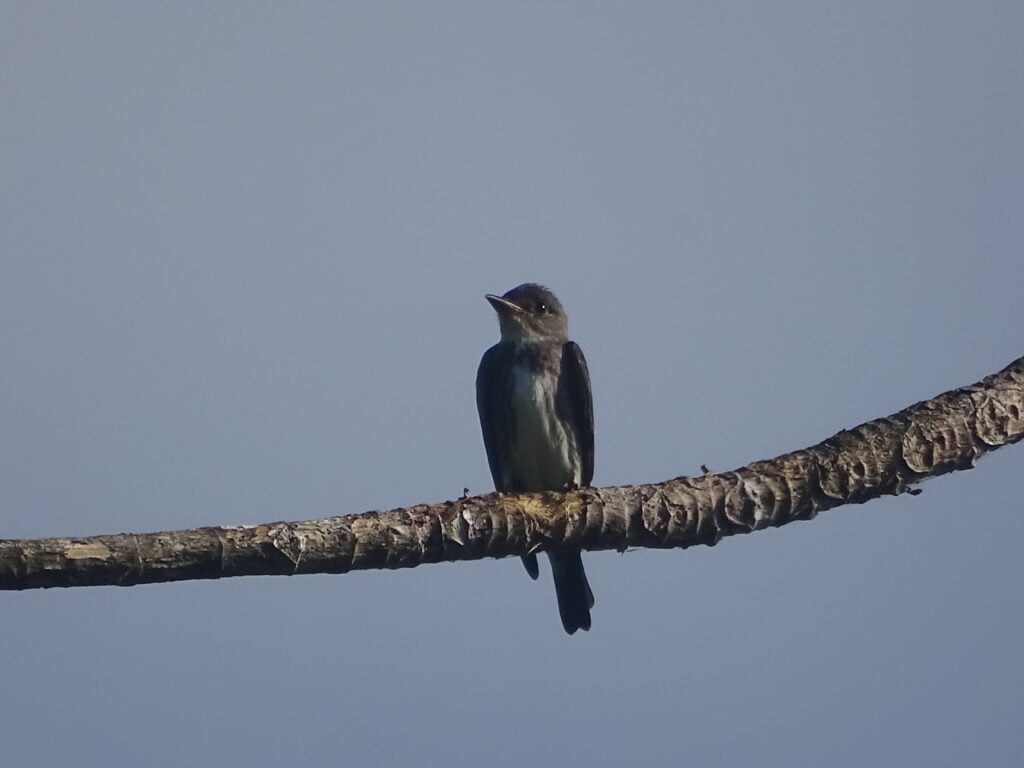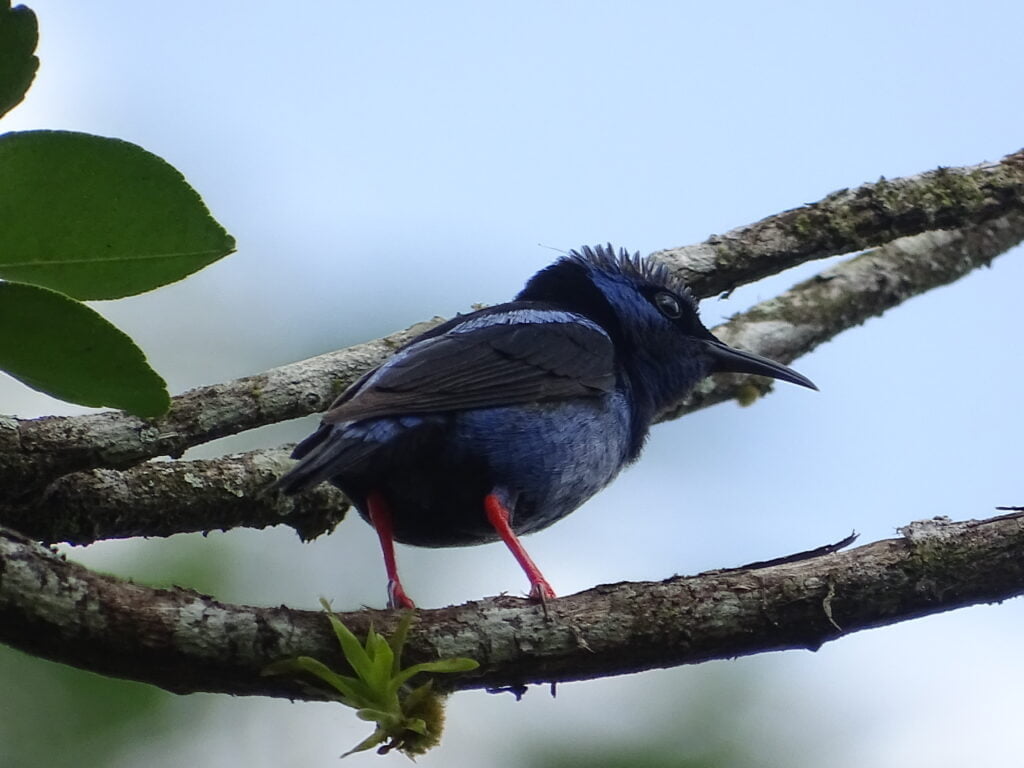News
MLR Forestal to join international migratory bird monitoring

MLR Forestry’s interest in biodiversity is once again evident with the upcoming integration into The Institute for Bird Populations’ (IBP) Winter Survival Monitoring (MoSI) program. The Institute for Bird Populations is a non-profit organization located in Petaluma, California dedicated to studying and monitoring migratory bird populations.
MoSI is a voluntary international collaboration between biologists from across the hemisphere to monitor and conserve birds. With more than 100 partners in more than 20 countries, the network is the largest and longest-running program of its kind. Róger Mendieta, biologist of MLR Forestal, explains that “the project has about twenty years of existence in Nicaragua, one of the first reserves to be part was the Mombacho volcano and exists in other reserves of the country, but not in the North Caribbean Coast”. MLR Forestal will be the first monitoring station in the area.
Cooperation and international projection
The MoSI program arose within IBP because of a doubt. When it is snowing in the United States, many species are forced to migrate to find food and shelter, but I do not know what happened to these migratory birds in that process and thus the idea of monitoring their trajectory was born.

The biologist of MLR Forestal told what is the system to carry out the monitoring. “What is done is to capture the birds with special nets, they take a series of data such as sex, age, body condition, then they place rings that have a code and are released. When they return to North America, it is very likely that these birds that were tagged will be recaptured and, if so, the same data is taken and compared,” he said.
Mendieta affirms that the fact that MLR Forestal has a migratory bird monitoring station implies projection of the company internationally as cooperators of the initiative.
For the IBP authorities, Nicaragua is “an especially important area for this program. The country’s excellent biodiversity and protected areas provide great opportunities for conservation science.”
MLR Forestal would be integrated into the monitoring in the 2023-2024 season because the migratory period begins in November of each year and extends until March.
Share




